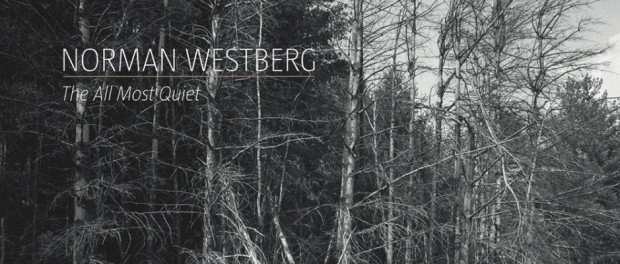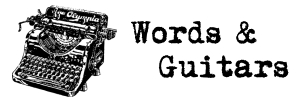Norman Westberg – MRI / The All Most Quiet

Norman Westberg made his name as Swans’ premier guitar sorcerer and has, on occasion, lent his talents to other outfits but it is only recently that he has channelled his energy into a run of solo records. Latest offerings, MRI (Room40) and The All Most Quiet (Hallow Ground), share Swans’ sense of ascendancy and, similarly, each rewards god-felling volume levels but that’s where the comparisons end. These two albums are just as gripping when allowed to tug, near-imperceptibly at the edge of one’s sonic surroundings. They conjure with minimalism, with ambience, with a sound hinted at, sometimes unleashed, but rarely given full rein the way it is here.
The three pieces on MRI here were inspired by Westberg’s hospital experiences. My grandfather once described his encounter with MRI; loaded in like a torpedo he lay in a tight metal tube enveloped by a truly unnerving barrage of pulses and bangs which were often so loud and close to his head that they blotted out the music the staff were piping in to distract him. The noises are the vibrations of magnetic coils, vastly more powerful than the Earth’s magnetic field and Westberg reacts to the memory with something appropriately overwhelming as machinic cycles of amp hum swamp one’s hearing and consume one’s surroundings whole.
Like the best ambient music, there’s a sense of constant flux, a cycling of moments while, simultaneously, time seems in suspension as the mind snatches at echoes that half-convince it the sound has gone nowhere. ‘410 Stairs’ has a greater sense of human physicality to it; an array of overlapping chimes carry a sense of an instrument being plucked or pounded – though never to the point that the motion of the player intrudes on the independent forces unleashed. ‘Lost Mine’ swells up like an orchestra in full pomp then hangs at full expanse, never falling, never descending. Around ten minutes, a guitar enters low in the mix summoning a scratchy, barely audible ghost of what might once have been near-conventional strumming before, in the final five minutes everything is overtaken by, first, held overtones then, second, the stutters, whirs and pings of a machine running to conclusion.
The All Most Quiet enters the dark ambient realm inhabited by Mesheket or Sleep Research Facility where amped guitars becomes, essentially, electronic sound generators. There’s a relative pace to the title track, the sounds slice the air like ninja stars striking home somewhere just behind the ear. There’s no silence here, but the title is more than a joke, it seems to testify to the silencing of the blurts, hoots and smashes that the world is prone to – it’s replacement with a sound so vast that it cushions one from all other disruptions. In a sense extreme volume brings its own quiet. ‘Sound 2’, the B-side, rouses the listener – a palette-cleansing at close of this immersive listening experience. Trilled notes clatter the track to life then, gradually, become lost amid their own dulled echoes and remembrances. An increasingly watery sway sets in before, at the seven minute mark, a morse code tapping on the high e-string commences. By nine minutes there’s a further questing upward out of the murk – this back-and-forth sets the tone for the rest of the track as detail emerges then recedes into the circling sound.

